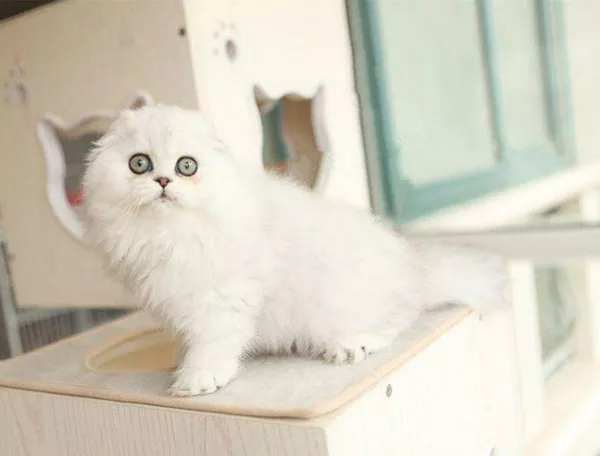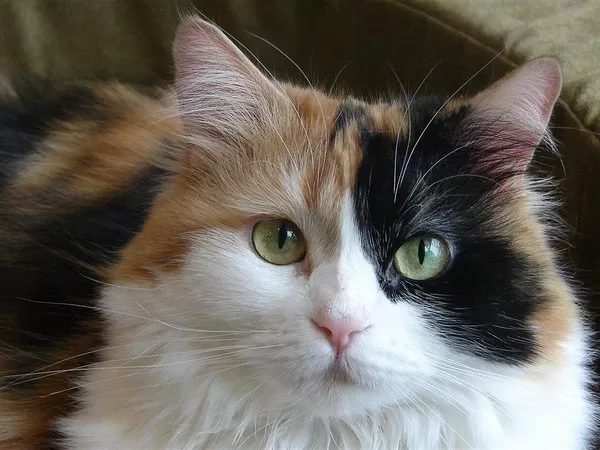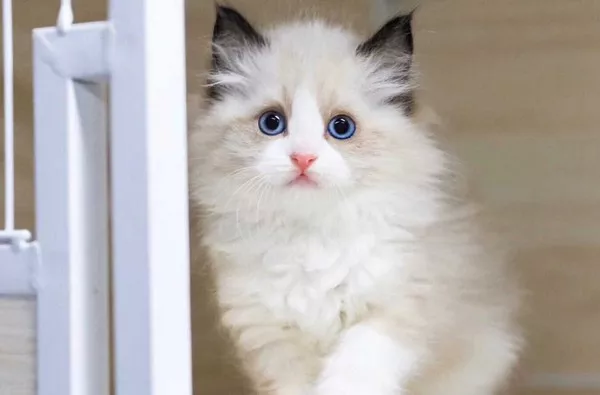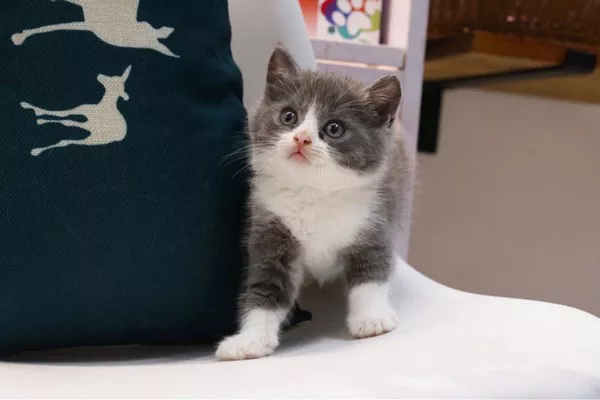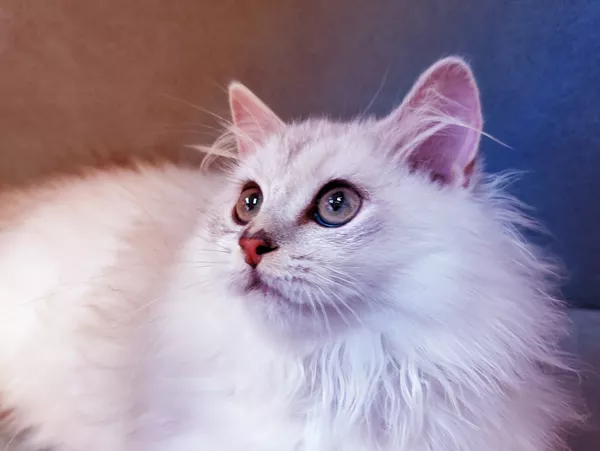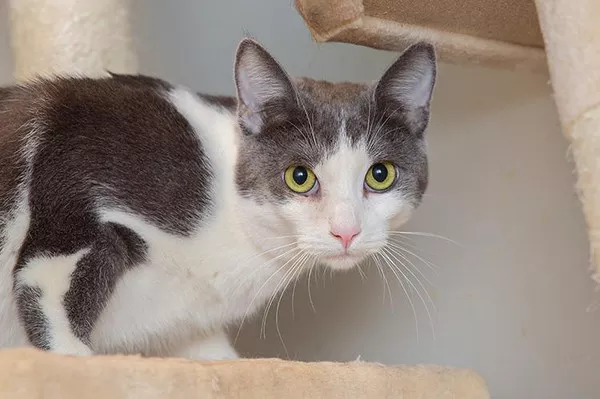Breeding British Shorthair cats is an exciting endeavor for feline enthusiasts. Known for their round faces, dense coats, and gentle temperament, these charming cats have gained popularity among cat lovers worldwide. This comprehensive guide will provide valuable insights and step-by-step instructions on how to successfully breed British Shorthair cats while ensuring the health and well-being of both the parent cats and their offspring.
1.Understanding the British Shorthair Breed
To begin your breeding journey, it is crucial to have a thorough understanding of the British Shorthair breed. Originating in the United Kingdom, these cats are known for their stocky build, solid bone structure, and plush, short coats. They come in various colors and patterns, including the iconic “British Blue.” Additionally, British Shorthairs possess a calm and friendly personality, making them excellent companions.
2.Preparing for Breeding
Before embarking on the breeding process, certain preparations must be made. Start by selecting healthy, purebred British Shorthair cats that meet the breed standards. Ensure that the cats are of appropriate age, typically between one and six years old, and have undergone necessary health screenings. Create a comfortable and secure environment, providing separate spaces for the male and female cats to minimize stress.
3.The Breeding Process
Breeding British Shorthair cats can be a rewarding and fulfilling experience for experienced cat breeders who are dedicated to preserving the characteristics of this wonderful feline breed. However, it is essential to approach breeding responsibly, considering the health, temperament, and welfare of both the parent cats and their offspring. In this comprehensive guide, we will explore the steps involved in the British Shorthair breeding process, covering important considerations, health checks, pairing, mating, and caring for the mother and kittens. Remember that responsible breeding requires extensive knowledge and expertise, so it’s crucial to seek guidance from experienced breeders or veterinarians.
Understanding the Breed Standard:
Before beginning the breeding process, it is crucial to thoroughly understand the British Shorthair breed standard. Familiarize yourself with the ideal physical characteristics, temperament traits, and coat colors recognized by reputable cat breed registries. Breeding should aim to maintain and improve the breed’s characteristics while adhering to ethical breeding practices.
Health Checks and Genetic Testing:
The health of the parent cats is of paramount importance in the breeding process. Ensure both the male and female British Shorthairs undergo comprehensive health checks conducted by a qualified veterinarian. Screening for genetic disorders and common breed-specific health issues can help ensure that the kittens have the best possible start in life.
Selecting Suitable Parent Cats:
Selecting the right parent cats for breeding is crucial. Choose cats that embody the breed standard, have excellent temperaments, and are free from genetic health issues. It is essential to have a clear understanding of the genetic backgrounds of both cats to avoid undesirable traits and health problems in the offspring.
Pairing and Mating:
When the female British Shorthair is in heat, introduce her to the chosen male cat. Cats can be unpredictable during mating, so close monitoring is necessary. If successful mating occurs, it is advisable to repeat the process over multiple days to increase the chances of conception.
Pregnancy and Care of the Mother Cat:
After successful mating, the female will undergo a pregnancy that typically lasts around 63 days. Provide the expectant mother with a comfortable and quiet environment, along with a suitable nesting box for giving birth. Ensure she receives proper nutrition and regular veterinary check-ups during this critical time.
The Birthing Process:
As the due date approaches, closely observe the mother cat for signs of labor. British Shorthair cats are generally capable of giving birth without human intervention. However, being prepared to assist if needed is essential. Seek immediate veterinary attention if any complications arise during the birthing process.
Caring for Newborn Kittens:
Once the kittens are born, ensure the mother cat is providing proper care, nursing, and grooming. Monitor the kittens’ weight gain to ensure they are thriving. Provide a warm and clean environment for the kittens to grow and develop. Socialize them with human interaction from an early age to promote positive behaviors.
Responsible Adoption:
When the kittens reach an appropriate age, conduct thorough screenings and interviews of potential adoptive families. Ensure the kittens are placed in loving and responsible homes, and consider spaying or neutering them before adoption to prevent accidental breeding.
4.Pregnancy and Care (Word Count: 906 characters)
After successful mating, the queen will undergo a gestation period of approximately 63 days. During this time, it is crucial to provide the mother cat with optimal care. Offer a balanced diet rich in essential nutrients and consult a veterinarian for dietary recommendations. Create a warm and quiet nesting area where the queen can comfortably give birth and nurse her kittens. Monitor her closely throughout the pregnancy, seeking veterinary assistance if any complications arise.
5.Caring for Kittens
Once the kittens are born, they require meticulous care to ensure healthy growth and development. Provide a clean and safe environment, ensuring a suitable temperature and humidity level. Monitor their weight gain and consult a veterinarian for guidance on proper nutrition and vaccination schedules. Socialize the kittens gradually, exposing them to various stimuli and experiences to promote confident and well-adjusted personalities.
6.Responsible Breeding Practices
As a responsible breeder, it is vital to prioritize the welfare of the cats and contribute to the overall improvement of the breed. Adhere to ethical breeding practices, which include genetic testing to identify potential hereditary diseases and avoiding excessive inbreeding. Educate potential kitten owners about the breed’s characteristics, care requirements, and responsible pet ownership.
Conclusion
Breeding British Shorthair cats can be a rewarding experience when undertaken with knowledge and care. By understanding the breed, preparing adequately, and following the necessary steps, you can embark on a successful breeding journey that ensures the health and well-being of both parent cats and their adorable offspring.
Related Topics:




